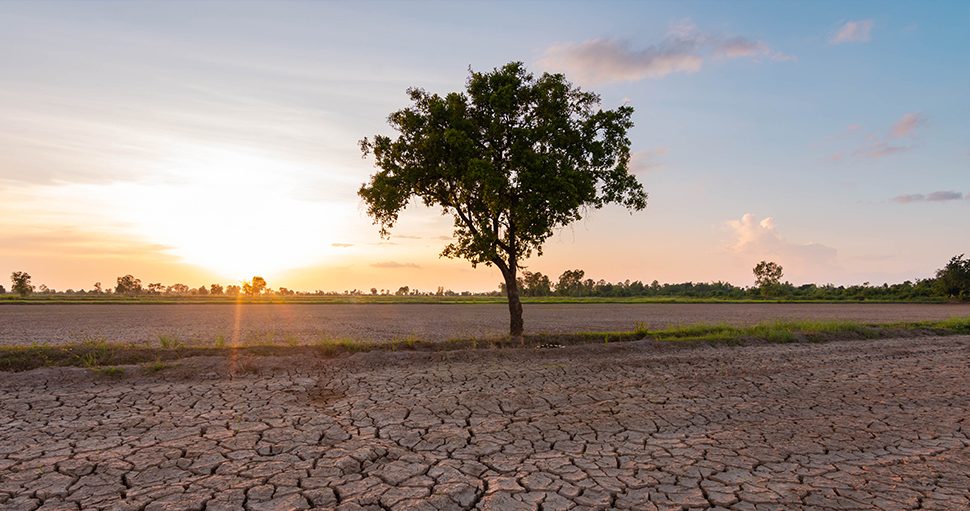Australian farmers are on tenterhooks with a 50% chance of an El Niño dry weather pattern arriving later this year. According to April’s update from the Bureau of Meteorology, that’s double the normal likelihood.
El Niño alert
Some climate models forecast the pattern could develop into a ‘super El Niño’. That would mean very high temperatures around the equator centring on the Pacific Ocean.
The last time this weather pattern happened was in 2015-2016, resulting in record-beating high temperatures globally. It was Australia’s fourth-warmest year, but the hottest decade. El Niño can mean drought, and an early start to the fire season, but not always, says the bureau. It’s quite variable, and there are two distinct types of El Niño weather patterns.
Research shows a typical El Niño delivers large-scale climate variability. This accelerates crop loss, thereby posing a severe risk to global food security.
A UN report on the lessons learnt from the last El Niño recommends agricultural risk management approaches, including:
- Switching to drought-resistant crops
- Using natural resources more efficiently
- Creating and rolling out disaster prevention plans
- Building community capacity to adapt to climate-related hazards.
This article delves into more detail about what Australian farmers can do to prepare.
Shift away from water-intensive crops
If the forecast predicts less rain, can you shift from thirsty crops, such as rice or cotton, to those which deliver more per unit of water? Check with your local agronomist for suitable crops bred to survive harsher conditions in your climatic region.
Consider changing your farming to zero or minimum tillage operations, ensuring minimal disruption to your soils. Avoid ploughing, instead space the holes to where seeds will go, and mulch to control weeds.
Install drip irrigation
Drip irrigation is more efficient than sprinklers, which have a higher water evaporation rate. The Australian Farmers’ Database indicates in our country’s drier farming regions, drip irrigation scores 90% or higher efficiency. Meanwhile, sprinklers rate about 80% to 85% and flood and furrow, only up to 70%.
Drip irrigation also cuts the risks of disease, soil erosion and fertiliser leaching. The downsides are the initial installation cost, and you’ll need to occasionally filter the water to reduce clogging. Rodents may also damage the pipes and tubes.
Caring for livestock
During extreme heat, be sure to have these measures in place to protect your animals:
- Plentiful and accessible water supply
- Appropriate refuges from the heat, including shelterbelts, stands of trees, and constructed shelters, which don’t result in stock overcrowding
- Avoid handling animals in extreme heat, or if you must, schedule it for early morning or late in the day. (Milking stock will produce up to 1.5L more a day if you delay milking by an hour in the evenings)
- If you have to transport stock, take a planned route that identifies rest stops with shade and water for them
- Know which type of animals have a higher risk of heat stress, such as animals that are young, dark-coloured, have been ill or had respiratory disease
- Look out for heat stress in animals and be on hand to manage it.
Agriculture Victoria offers detailed advice on managing heat stress for animal types.
Revisit your risk management
There are plenty of evidence-based strategies Australian farmers can use to better prepare for what a possible El Niño might deliver. But, be mindful of what a highly cited research paper says: around the globe, there’s no likely or actual consensus on classifying or measuring ‘readiness’ for El Niño. The approach over the years has been more reactive than strategic.
Be sure to check your insurance coverage with us as part of your risk management approach.

